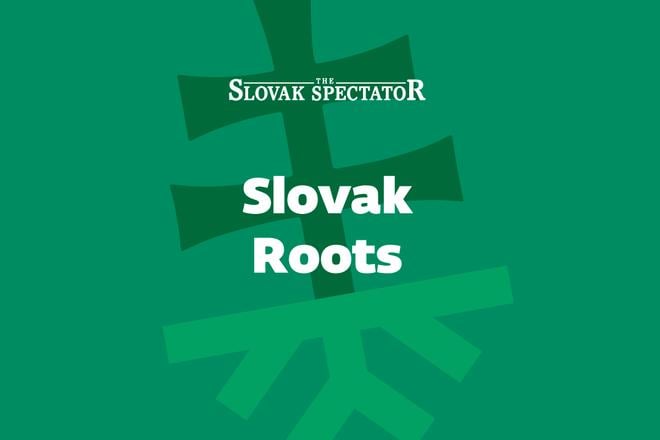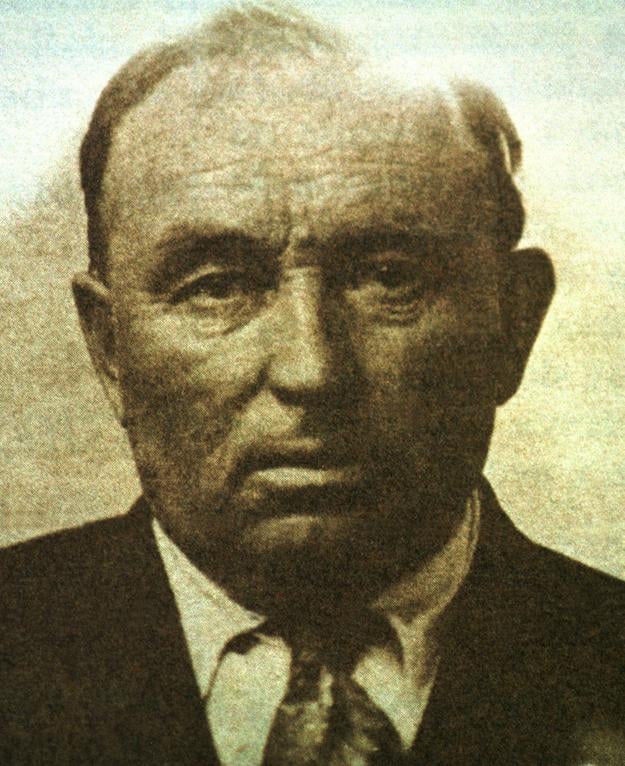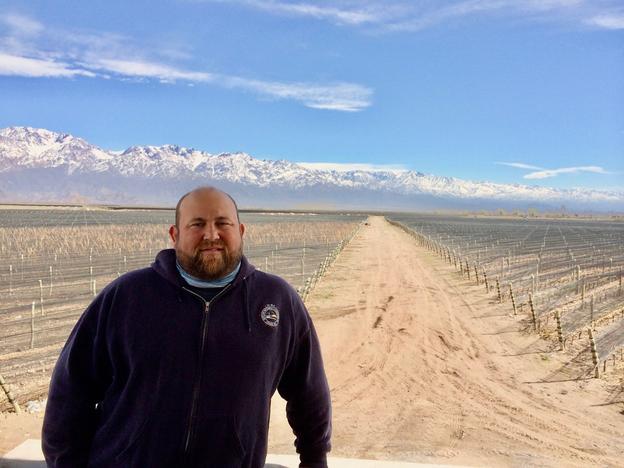Welcome back Slovak Roots fans!
It is time for another edition of our Slovak Roots newsletter, dedicated to the community of people with ties to Slovakia.
We are proud to have so many stories to share with you in this newest instalment. In addition to the usual travel guide, interview and history piece, we've got a few personal accounts as well.
You will learn about Slovak inventor Štefan Banič, who is often called the inventor of parachute - a bit of an exagerrated myth really, but he did invent a unique design of one. Our colleague Jozef Ryník visited the historic town of Skalica in western Slovakia and offers an account of how a push for experience-based tourism is reshaping how visitors explore its past and present.
You can also look forward to meeting Jason Whiteside, a Slovak American whose distant ancestor was a wine barrel maker in Slovakia. In a coincidental turn of events, the former is very much invested in wine and would like for the world to get to know Slovak wines. He seems to already have a plan to make that happen.
Trying to save pilots
There seems to be a trend of Slovaks coming up with intriguing ideas after they emigrated to the US. John Dopyera invented the influential Dobro guitar, Jozef Murgaš contributed to radio development. Štefan Banič, about whom we are going to talk this time around, set out to design a new type of parachute upon witnessing a plane crash.
And he succeeded; he even got a patent for the design that ran counter to everything you can imagine about a parachute.
Exploring Slovakia’s westernmost district
According to the head of the Tourist Information Office in Skalica, Renáta Medňanská, tourists typically visit the town for two to three days. However, the goal is to encourage them to return regularly for unique experiences.
What does that mean? For example, they can sing in the Jesuit Church with excellent acoustics. You’re not interested in churches, you say? The town boasts of many technical monuments, as well as historic spots.
Are you wondering where to start with your exploration of Slovakia's westernmost district? According to Ryník, you would do well to begin your journey in Holíč, a border town steeped in history and flavour. Here are tips on places he suggests visiting.
How to get Slovak wines out there
Slovakia has a long wine-making tradition, dating back to 7th century BC when Celtic settlers planted grapes on the hilly land north-east of Bratislava. But it is not just the region around the Little Carpathians mountain range, viticulture stretches across southern Slovakia all the way to the famous Tokaj region in eastern parts of the country.
Nevertheless, Slovak wines are not well known abroad.
Slovak-American Jason Whiteside, however, believes wine aficionados can find a unique set of flavours, varieties, and terroirs to study and discover in Slovakia's wine-making regions, and hopes to see more of these wines exported around the world.
A selection of feature stories published by The Slovak Spectator that we recommend reading:
Albert Kovanis, Jr's school geography lessons taught him that Slovaks and Czechs lived in the communist country of Czechoslovakia, an ally of the Soviet Union which made it his 'enemy' during the Cold War. Although his Slovak grandparents were smart, hardworking, and loving, he was uncomfortable telling anyone that they came from Czechoslovakia. As a result, he kept his Slovak heritage mostly hidden. Everything changed when he discovered the rich Slovak culture.
Reggae and Slovakia might seem like an unlikely pairing, but for the past 18 years, Rasťo Pružinec and Sveťo Moravčík - the driving force behind Uprising Festival, Slovakia's only reggae festival - have made it their mission to prove otherwise.
American Andrea Wulff says it has always been her dream to move to Europe as it has culture and landscapes, among other things that appeal to her. When Slovakia changed its legislation in 2022 to grant citizenship by descent to descendants of Slovak emigrants up to the great-grandchild generation, an opporunity like no other presented itself.
Lýdia Martinez Majdišová experienced the fall of the Twin Towers in New York, nine years of separation from her family, and a tough start running a business. Yet, she has never forgotten her Orava roots - both her children speak fluent Slovak.
From the very beginning of its early access phase, the upcoming Slovak video game 'Vivat Slovakia' based on real events, was completely in Slovak with English captions. It recently received a professional English voice-over, allowing its audience to grow and reach video game streamers from as far as Indonesia and Japan.
Eva Staroňová built a career in modelling but found her true calling in cultural diplomacy. In this interview, she discusses her journey in modelling, her efforts to promote Slovakia on the global stage, and the challenges of managing family life while living between continents.
While Great Britian has its Virginia Woolf, Slovakia has Hana Gregorová who too observed the conditions in which female creativity emerges, as well as how difficult it was in the past for girls and women to find space for their own development. But the latter is more or less known only as the wife of writer Jozef Gregor Tajovský. Yet, she too deserves recognition.
More than 120 years have passed since Michael Mojher's family left Slovakia, yet their connection has never faded. A proud third-generation Slovak-American, Mojher grew up hearing stories of his great-grandfather—a man who left his homeland in the late 1800s, drawn by the promise of work in America's booming economy.
Would you like to share your story with us? Did you enjoy the newsletter? I would love to hear your thoughts, questions and feedback: matus.beno@spectator.sk or spectator@spectator.sk.


 (source: Hej, Ty!)
(source: Hej, Ty!)
 Štefan Banič. (source: TASR)
Štefan Banič. (source: TASR)
 The windmill in Holíč. (source: SME/Jozef Ryník)
The windmill in Holíč. (source: SME/Jozef Ryník)
 Jason Whiteside. (source: Archive of J. W.)
Jason Whiteside. (source: Archive of J. W.)